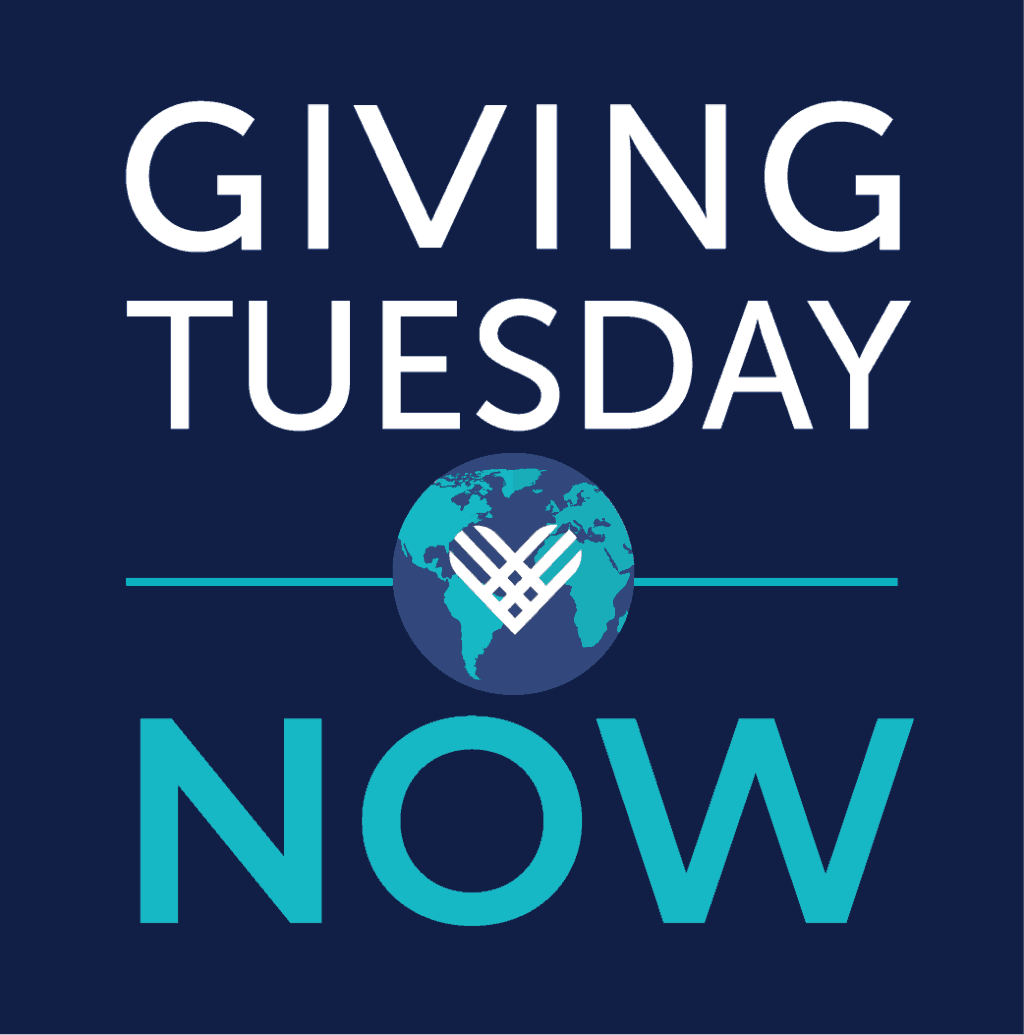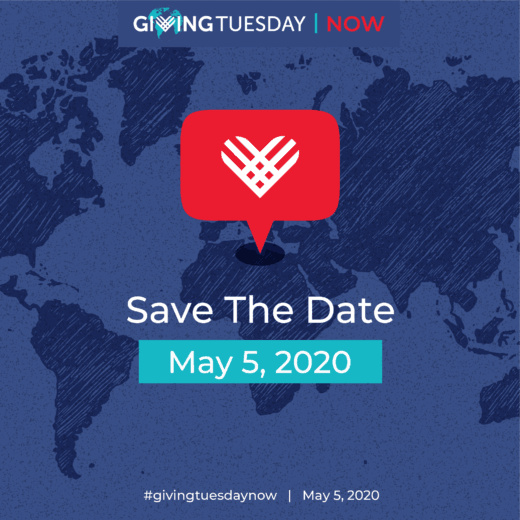
A new international day of unity called #GivingTuesdayNow has been scheduled for May 5, 2020.
This United Nations Foundation recognized event is meant to raise awareness of the unparalleled global humanitarian needs brought about by COVID-19. It is based on the annual fundraising event #GivingTuesday, an event held every year on the Tuesday that follows Thanksgiving.
The Purpose of Recognizing an “International/Global Day”
Declaring an “International or Global Day” brings awareness to a cause and acts as a powerful advocacy tool. These events provide organizations with the opportunity to educate the general public on humanitarian issues affecting people around the globe and the funding needed to solve those issues. It also renews the energy nonprofits, schools, and organizations required to mobilize political backing to acquire the resources needed to address problems head-on and celebrate the successes shared by their community.
#GivingTuesdayNow Planning Tips
We’ve compiled twelve tips to help you get the most out of #GivingTuesdayNow.
1. Keep It Simple
This sudden fundraising event is occurring when everyone is scrambling to organize their lives, so keeping it simple will pay off big time when you reach out to donors. Provide them with the links to get them where they need to go and an easy, self-explanatory donation process.
2. Prioritize Your Needs
In only a few weeks, the state of our world has shifted dramatically, making a reevaluation of your priorities vitally important. Taking a moment to reassess where funding is most needed will help you address the most crucial components of your mission first.
3. Relevancy to the Situation
Your donors understand this is a special request for funding, so it’s important to stay on that message. Include specific references to the current state of your mission and how the pandemic is affecting the work.
4. Clear and Timely Communication
Because this is a new event, it is important that your communication is at the top of its game. Be clear about the need, be succinct to make it a fast read, and send it out as soon as possible, as you have a very short window leading up to the event.
5. Add #GivingTuesdayNow Information to Your Current Communication
You’re probably already sending out updates to your donors with information regarding the pandemic. Adding a snippet about #GivingTuesdayNow is another way to promote the event, while providing a robust explanation as to why the funding is needed.
6. Fight for Their Attention
With more emails coming in than ever before, you’ll have a greater fight on your hands to get donors to open your funding request. Utilize all the tools at your exposure. Look for a way to provide pre-header information they will be able to read prior to opening the email. Keep the message simple, and short enough to easily read on a mobile device, yet still meaningful.
7. Convey Urgency
Make the argument that funding your nonprofit is important by stressing the urgency of the goals you’ve set for the year. Explain why they are needed and what will happen if they go unfulfilled. The goal is to make this urgency motivate the reader to act immediately.
8. Provide a Way to Contribute Prior to the Event
As we’ve seen, things are changing fast, and for some people getting things done helps lower the stress they are feeling. Providing a way for people to donate prior to the event using a scheduled payment on a credit card could make the difference of whether or not they will donate.
9. Call on Your Social Ambassadors
Rely on the trust your donors have already invested in your most adamant supporters. Ask your ambassadors on social media to help promote your fundraising event and send out prepared emails and posts they can use to rally their friends, family, and fans.
10. Leverage digital ads
Extra effort is required if you want to extend your reach beyond your current donor list. Take your fundraising up a notch with a digital ad. Create an attention-grabbing ad with easy access to donate.
11. Express Gratitude, then Express It Again
Saying thank you to a donor immediately after they’ve contributed is standard practice for a nonprofit, but where does that money go? How is it being used? These are questions that a donor wants answered if they are going to continue to contribute. Send out a thank you at the time the donation is made, then follow it up a few months later with a message about where their donation is being used and what results you are seeing from the projects funded by it.
12. On-going Communication
Typical donor behavior indicates that further contributions are made when a follow-up email is sent out after the initial gift is received. They are more likely to open the nonprofit’s email and continue their involvement with the organization. Don’t let that open door to a long-term contributor close! Create a series of “welcome” communication to engage with new donors.
